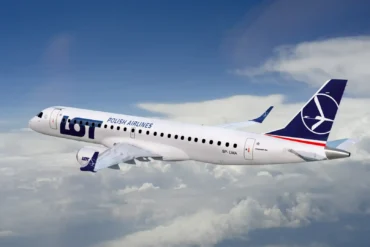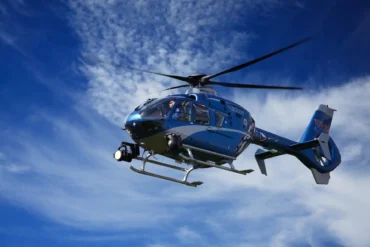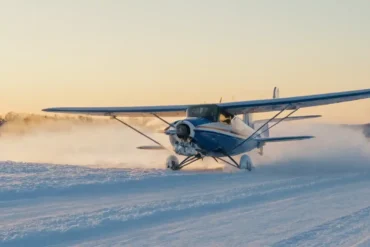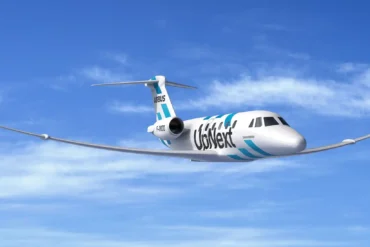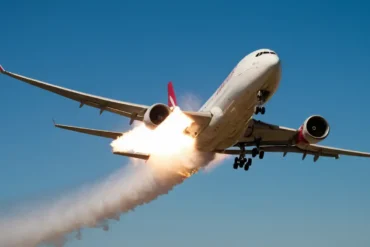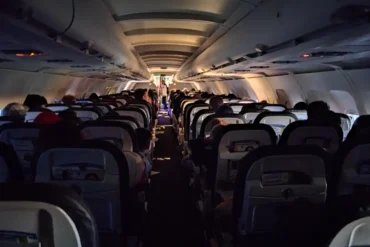Have you ever wondered why airplanes like to fly at altitudes of 30,000 feet or higher? There are two main reasons: they can go faster and it saves money on fuel. Before we look at why planes go so high, let’s talk about how the air changes as you go up from the ground.
Anything above 8,000 feet is considered high altitude. Mount Everest, which is 29,035 feet high on the Nepal-Tibet border, is the highest point on Earth. El Alto, Bolivia has nearly a million people living at 13,600 feet – that’s the highest populated high-altitude area in the world.
As you go up in altitude, the air pressure drops – pilots measure this with altimeters. Gravity pulls air close to the Earth’s surface, so there are fewer gas molecules at higher altitudes. That’s why climbers call it “thin air.” The lower air pressure means less oxygen, so planes have pressurized cabins to make up for it. I’m sure you’ve heard that if the cabin loses pressure, oxygen masks will drop down to help passengers breathe.
Here’s a fun fact: the oxygen doesn’t come from a tank or canister. It’s actually produced by a chemical reaction in a box above the masks. When you pull the mask, it triggers a mix of chemicals like sodium chloride and potassium perchlorate to generate oxygen.
Why Do Planes Fly So High?
One big reason is that it makes the planes more efficient. The thinner air at 30,000+ feet causes less drag on the plane’s body and engines.
Less drag means the engines don’t have to work as hard, so they burn less fuel. That saves money for the airline and is better for the environment too. Flying high reduces excess fuel needs, so planes don’t have to stop as often to refuel mid-flight.
It’s also much colder at those altitudes, well below freezing. The cold temperatures keep the engines from overheating so they work as efficiently as possible.
Altitude and Air Density
As you go up in altitude, the air gets less dense, meaning less friction and drag on the plane. They need less engine thrust to fly, kind of like moving through water versus maple syrup.
Imagine moving your hand through a bathtub filled with water versus syrup at the same speed. The thicker syrup makes it harder to move, right? It’s similar for planes – the denser air at lower altitudes creates more resistance, like syrup. But up high, the thinner air reduces drag, like water. Some planes even fly above the cruising altitude of 30,000 feet for maximum efficiency!
I hope this gives you a better idea of why planes fly so high. Let me know if you have any other questions!



